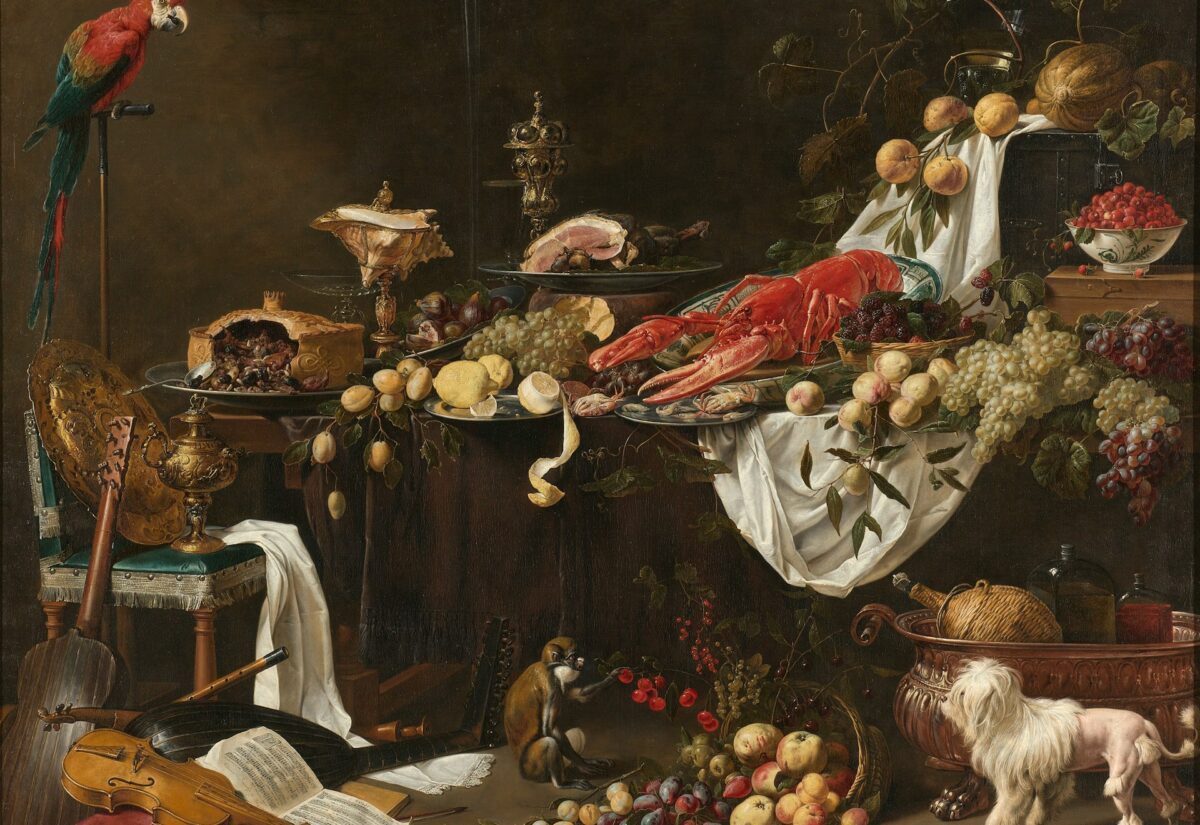Foods Considered Disgusting By Ancestors That We Love Today
- Gail Stewart
- May 21, 2025
 Unsplash/Europeana
Unsplash/EuropeanaWhat people choose to eat—and what they find revolting—can change dramatically over time. Our ancestors had very different palates and ideas about what’s edible. Some of the foods we love today, from everyday staples to gourmet delicacies, were once viewed with suspicion, disgust, or downright horror. Whether it was because of appearance, preparation methods, or social class associations, these now-popular items had a rough start. Here are some foods that people in the past found disgusting, but many of us now happily devour.
1. Tomatoes
Hard to believe today, but tomatoes were once considered dangerous in Europe. When they were first introduced from the Americas in the 16th century, they were nicknamed the “poison apple” in some circles. That’s because wealthy Europeans who ate off pewter plates would often get sick after eating tomatoes—the acidity of the fruit leached lead from the plate.
It wasn’t the tomato’s fault, but it got the blame. For centuries, they were grown more for decoration than dinner. It wasn’t until the 18th century that they started gaining traction in European kitchens, and now they’re essential to everything from Italian pasta sauces to British fry-ups.
2. Lobster
Today it’s a luxury dish, but lobster used to be considered prison food. In colonial America, it was so abundant and so reviled that it was fed to prisoners and indentured servants. Some servants even had contracts stating they couldn’t be made to eat lobster more than a few times a week.
People thought of it as a sea bug, and it was associated with poverty. It wasn’t until the 19th century, when railroads began serving it as an exotic delicacy to city dwellers unfamiliar with its reputation, that lobster started its slow climb up the social ladder.
3. Sushi
Raw fish was a non-starter for most Westerners until relatively recently. Even into the 20th century, the idea of eating raw seafood made many people queasy. When sushi began appearing in the UK and US in the 1960s and ’70s, it was viewed with caution—some thought it was dangerous, others just found the concept repellent.
Fast forward to today, and sushi is mainstream. Supermarkets sell it pre-packaged, and high-end omakase dinners are some of the most sought-after experiences in global dining. The turnabout is striking, especially given how squeamish earlier generations were.
4. Garlic
Now a staple in kitchens everywhere, garlic wasn’t always welcome. In Britain, it was once considered a food of the poor or something foreign and unrefined. Up until the mid-20th century, it was rare in many British recipes and even looked down upon in polite society. That started to change after WWII, thanks in part to increased immigration and more travel abroad. People returned from France, Italy, and beyond with a taste for bolder, garlicky flavours, and the stigma slowly disappeared. Now it’s hard to imagine cooking without it.
5. Blue cheese
Mouldy cheese wasn’t always a delicacy. To many people in past centuries, it was simply spoiled food. The idea of eating cheese that looked and smelled like something that should’ve been thrown out horrified a lot of people. Blue cheese’s complex flavours eventually found fans, especially in France and other parts of Europe. But it took time—and some rebranding as a refined, acquired taste—to shift it from revolting to revered. Today, it’s a highlight on many cheeseboards.
6. Snails (escargot)
Snails have been eaten for thousands of years, but their image has shifted wildly. In Britain, they were more likely to be seen as pests than plate-ready protein. For much of history, they were associated with famine food or peasant survival meals. The French elevated escargot to a delicacy, and over time, attitudes shifted elsewhere too. Now they’re something of a gourmet experience—served in garlicky butter, they’re an appetiser that diners might even boast about eating.
7. Oysters
Like lobster, oysters were once incredibly cheap and abundant. In the 19th century, they were a working-class staple and often sold by street vendors. People ate them raw, cooked, in stews—everywhere.
But concerns about water pollution and overfishing changed that. Oysters became rarer and thus more exclusive. Their new status was also bolstered by better food safety standards, making raw oyster consumption safer. Today, they’re seen as a luxurious treat, not a street snack.
8. Chillies
Many European cuisines avoided spicy heat for centuries. When chillies were brought from the Americas, they were seen as too harsh, even damaging. In Britain, where milder flavours dominated, they didn’t catch on widely until global cuisines started to blend. Now, of course, hot sauces, curries, and spicy snacks are everywhere. The chilli has gone from suspicious to addictive, and many people now pride themselves on their heat tolerance.
9. Octopus and squid
Tentacled sea creatures weren’t historically high on anyone’s wish list. Their texture, appearance, and associations with the deep sea made them unappealing to many European diners. Today, grilled octopus and calamari are common starters, and adventurous food lovers celebrate their unique textures and flavours. While still not for everyone, these sea creatures have definitely moved from “no thanks” to “yes please” for many.
10. Tofu
Even though it’s been a staple in many Asian diets for centuries, tofu had a long uphill climb in the West. It was mocked for being bland, squishy, or just “weird,” and was often associated with niche health foods or strict vegetarians.
Now, with more people embracing plant-based eating, tofu has gone mainstream. It’s prized for its versatility and protein content, and it’s regularly featured in both trendy restaurants and home kitchens.
Food tastes are shaped by culture, context, and time. What one generation finds disgusting, another might crave. Many of our most loved ingredients today had to overcome centuries of suspicion and snobbery to get where they are. If anything, these food histories remind us to stay curious—today’s joke ingredient might be tomorrow’s obsession.
Who knows what we’re turning our noses up at now that our descendants will one day queue up to eat?



